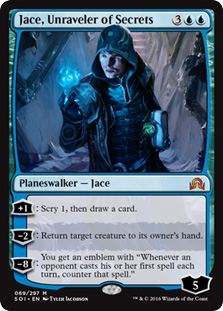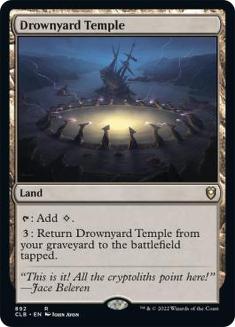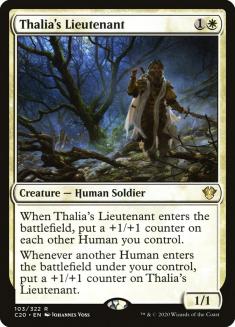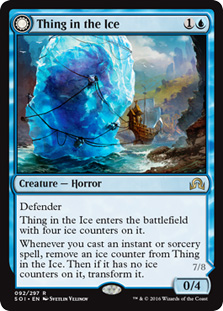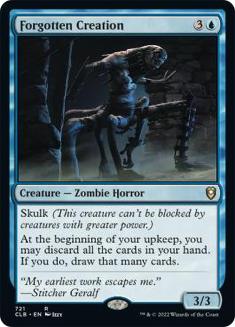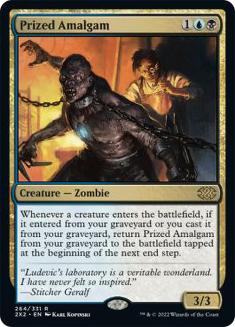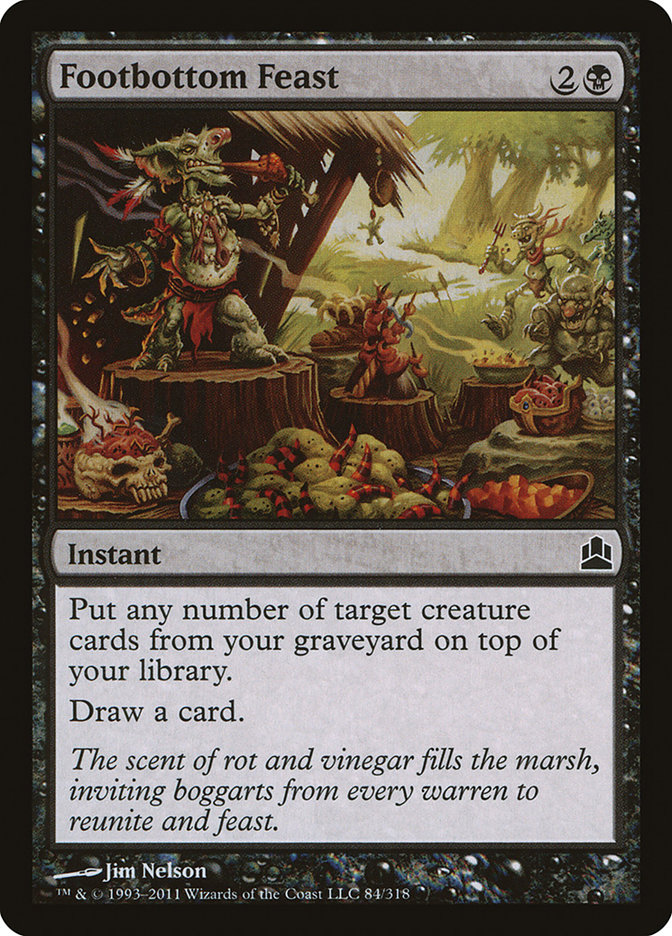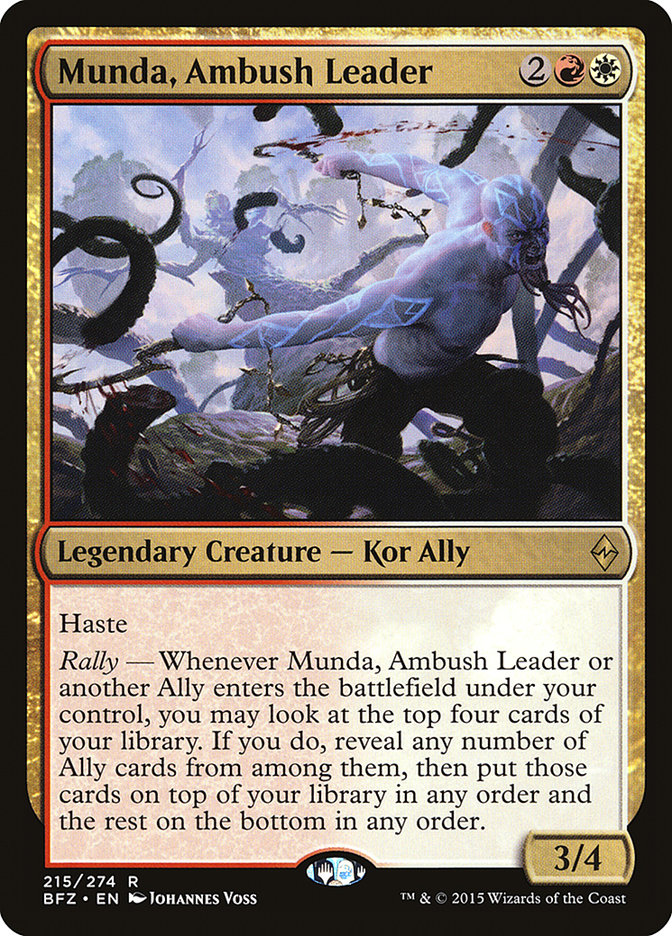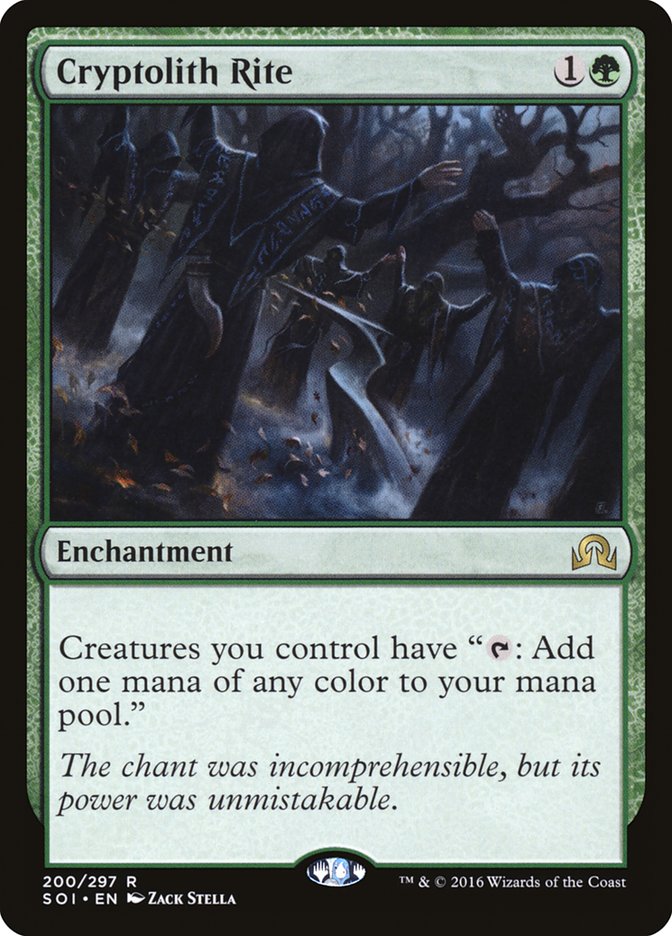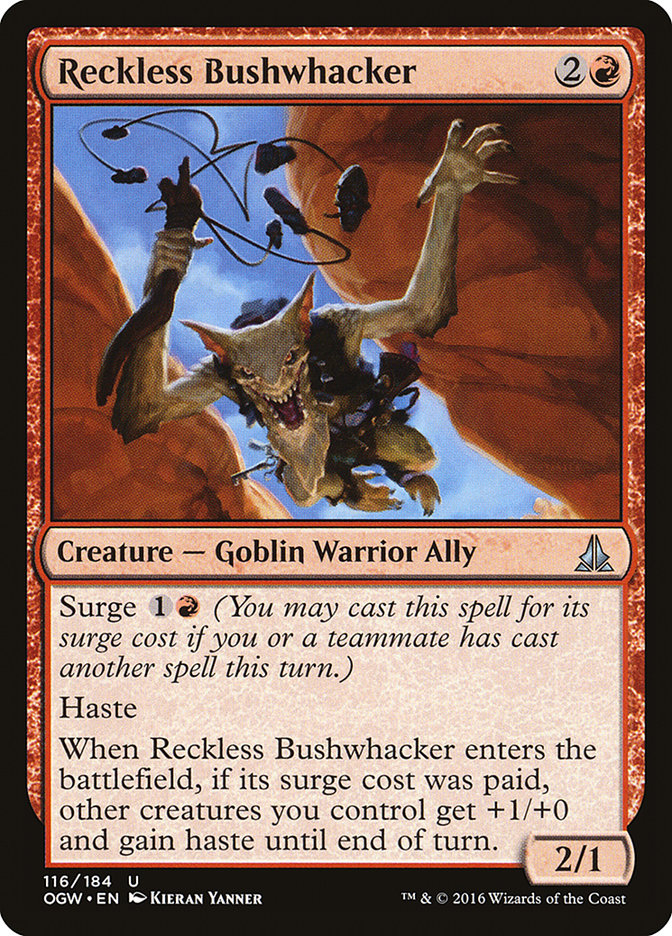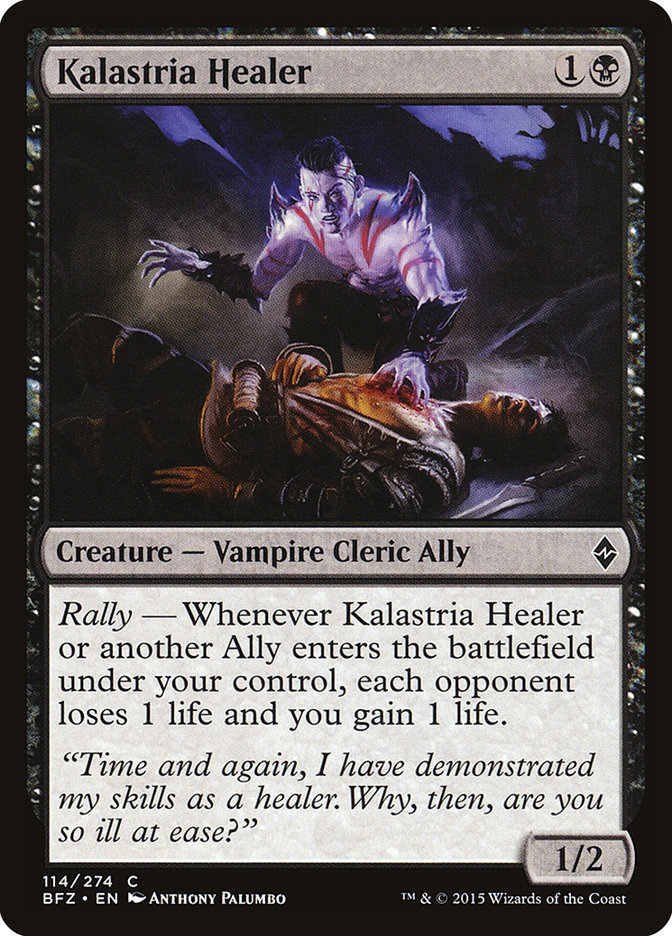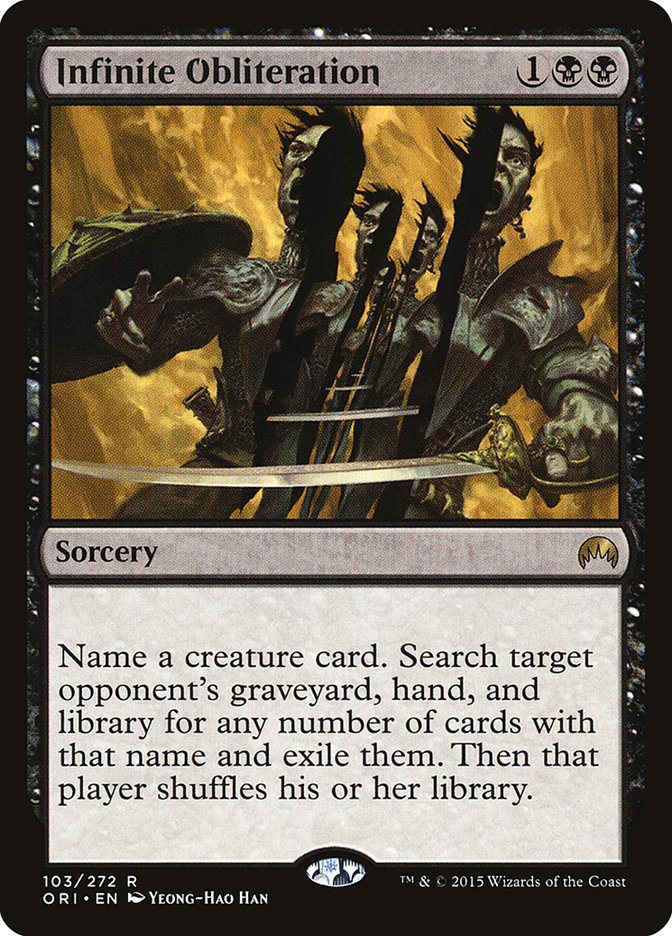Welcome to the calm before the storm, the day before Khans of Tarkir and Fate Reforged vanish and the Shadows over Innistrad become complete. The previous year’s worst offenders will be gone, and we’ll have a whole new evil to take down.
As excited as I am about the promise that tomorrow brings, I also really enjoyed my experience with Shadows over Innistrad in Limited. After attending a Sealed Prerelease event this past weekend, I can confidently say that this will be one of the more fun Draft formats we’ve had for a long time, maybe even since the previous Innistrad, though I admittedly might have a bit of bias, as Limited Innistrad is why I’m here in the first place. All the same, this is a fun format with the right level of synergy, familiarity, and flavor to win my heart from just one go.
I played in my local shop’s $1,000 Prerelease along with some 130 others, all vying for a piece of that pie. I opened my six packs as instructed and found myself pulled in several directions. My rares were at once very powerful, very conditional, and very banal.
That’s three blue rares, one multicolored rare, a white so-and-so, and three underwhelming colorless cards. The blue support was paltry at best, but my fixing was good, so I decided to go a Temur route, maining red and green with a powerful blue splash. It felt like as much of a patchwork as one of Geralf’s creations, but it seemed to perform acceptably, at least when I had a battlefield state where Jace would survive.
It felt pretty dull, though, and in-between rounds, I looked at the rest of my chaff. No red, green, or black rares, but the support for white, black, and the delirium within it seemed okay. Topplegeist and Tooth Collector put me on the right track, and I had lots of self-mill cards to help me along, and many of my cards worked out of the graveyard, most notably my two Drownyard Temples. Combined with effects like Bound by Moonsilver and Pious Evangel, I could easily sacrifice these lands and rebuy them or recover them later after milling or discarding them. The removal was marginal at best, but I just really wanted to try out delirium, so I decided to go for it.
Creatures (13)
- 1 Unruly Mob
- 1 Tooth Collector
- 1 Topplegeist
- 1 Thraben Inspector
- 1 Pious Evangel
- 1 Crow of Dark Tidings
- 1 Thalia's Lieutenant
- 1 Dauntless Cathar
- 1 Ghoulcaller's Accomplice
- 1 Inquisitor's Ox
- 1 Militant Inquisitor
- 1 Stallion of Ashmouth
- 1 Runaway Carriage
Lands (17)
Spells (10)

This deck was a really synergetic little number. I had enough Humans, Equipment, and self-mill to go several different directions, and every direction was still loosely related. For the first time in a long time, I actually yearned to draw my spells in a Sealed game. I was able to do most anything, though not terribly well, but I still got to do stuff. Some Sealed games I feel like I’m a slave to variance or to my opponent’s lucky draws, but this one didn’t; it provided the efficacy I need to enjoy a Magic game, win or lose.
Turns out this one did just as well as the sloppy, clunky Temur deck. Together, both led to me a 4-2 finish on the day, losing a couple of nailbiters. Granted, they were doing as much nailbiting as I was at the end. Which card in this list do you think had that kind of potential?
By far the most fun card in the deck, this high-powered delirium enabler can completely change the game through combat math or by winning it outright. While some might call it a black Blaze, this ignores the graveyard fueling it does. You’re never too far behind with a stack of lands and this card, and if your deck is focused on this plan, it’s a potentially interesting, unique variant on an enabler.
I cast it three times over the tournament and, much to my frustration, it never won me the game, though, with a bit better luck, I was always within range to kill them. For my little brewing mind, this “better luck” comes from more dedicated deck construction, something you can’t perfectly manage in the world of Sealed and Draft.
Which brings us back to Constructed!
Even in a deck of 30 creatures, you’re still averaging about one life loss per card flipped, and those aren’t good enough odds to be backbreaking. In order to maximize the life loss to the point where this card can beat chance, we have to figure out a way to go over the top. Well, on the top, really. On top of our library, that is.
The first card that came to my mind was in Lorwyn, Footbottom Feast, which actually has a Standard-legal functional reprint, Gravepurge, which was itself first printed in Dark Ascension. Thanks, Dragons of Tarkir!
I usually try to go for the lower-hanging fruit first to get a framework and spread out, but the mono-black brews I was coming up with were clunky, slow, and uninteractive decks that functioned on a glut of instants and sorceries, too few creatures for the count to matter, and what often turned out to be droll games of “show-you-the-combo-before-or-after-I-die.” Those are the hallmark signs of a bad brew.
To do better, I had to conquer two problems: the dearth of mana and the dearth of creatures. With enough of both, I could cast a large enough Liliana’s Indignation to hit for lethal or nearly lethal. I knew I needed to cut out the middlemen, those cards like Gravepurge, Corpse Churn, and Mindwrack Demon. While reslotting my Bone Splinters in my binder, I passed an easily forgettable card, a card that I’d accidentally accumulated six copies of while drafting and opening dozens of packs of Battle for Zendikar.
I didn’t even need to think about it. Munda was the answer.
Ally decks are already best served by being incredibly dense with cheap, synergetic creatures. Thus, they are already working together. Munda’s trigger feeds itself, ensuring that, whenever you’re ready to cast a big Liliana’s Indignation, you’ll be able to convert five mana into eight life regularly, and you’ll likely shoot even higher the more mana you input.
That solved the fodder problem. But what about the mana?
Ally decks already incorporate a variety of colors almost by default, and this one was already all of Mardu. Moving into green made sense, and just one copy of this Rite can not only smooth my mana for the rest of the spells in the deck, it can be provide an enormous battery of power. Combine it with Allies like Chasm Guide, and you can chain tons of hasty (and mana-producing) Allies together and go the old fashioned flood-the-battlefield route! Either way you looked at it, this deck had the potential to be a winner. Toss in the two great black Allies Kalastria Healer and Zulaport Cutthroat and you have more drain then a mobile YouTube app!
Creatures (30)
- 1 Tajuru Warcaller
- 4 Munda, Ambush Leader
- 4 Beastcaller Savant
- 1 Chasm Guide
- 4 Expedition Envoy
- 4 Cliffside Lookout
- 4 Kalastria Healer
- 4 Zulaport Cutthroat
- 4 Reckless Bushwhacker
Lands (21)
Spells (9)
Sideboard

Creatures
Unlike where I usually like to be, I’m actually a bit out of control on this one. Because Allies are not an evergreen creature type, I have to work with the colors, abilities, and bodies we’ve got in Standard, and while they are diverse, we do eventually, well, run out of variety. The one-drops represent the least freely chosen, but, to be fair, the rest of the creatures are best-in-slot for their costs and colors.
Beastcaller Savant, both as a color-fixing and haste creature, is perhaps the most consistently powerful card in the deck. It has everything I need, except perhaps a higher power and toughness. With Cryptolith Rite, I can actually use Cliffside Lookout to command a battlefield-wide growth in power and toughness, perhaps even enough to prevent destruction by a Kozilek’s Return or Flaying Tendrils. Reckless Bushwhacker also has haste, and casting it and any of the deck’s cheap creatures can create a powerful impromptu attack.
In the past, I’d been hesitant to play even one Munda in my Ally decks, but here, he is the engine. One important distinction we need to make about his trigger is what you must do and what you can do. Yes, you have to look at the top four cards of your library and put any non-Allies to the bottom, but you can shove Allies down there, too; just don’t reveal them! All those extra copies of Munda on top can slide happily to the bottom.
It’s definitely better to have an Indignation in hand before you cast Munda, but his ability to roar across the battlefield as early as turn 3 is enticing for a number of reasons. In fact, this deck can largely ignore Liliana’s Indignation in some games; it’s just a bunch of creatures draining life and getting sideways, and sometimes a blunt instrument can do the job as well as a precise one. Chasm Guide is a bit of a win-more, as its body is considerably worse for the cost than Munda and its haste is not essential to the deck’s success, but it does provide a way to recover when you’re living off the top. Moreover, combined with March from the Tomb, it can provide you a legitimate fighting force straight out of the graveyard. Tajuru Warcaller is a one-of, but I’ve won enough games on the back of this raging Elf to know how powerful it can be out of nowhere.
Spells
A deck like this must limit itself in its spell base. While original drafts had a cuter combination of one-ofs and removal, this is where I eventually ended up. This deck cannot remove my opponent’s threats in any way, but it should provide enough evasive life-drain and -gain on my part to stay the course long enough. I originally had three each of the two “playset” spells in this deck, but I realized that they were too integral to the deck’s plan. March from the Tomb is a great follow-up to a hefty Invocation, with a fresh cache of Allies ready to be reanimated. Even over the normal course of the game, March from the Tomb can undo turns’ and cards’ worth of work your opponent committed.
Lands
And this manabase is a premature casualty of the loss of fetchlands.
Just 21 lands is about the bare minimum these days, and it’s nearly impossible outside of Modern, especially for a deck sporting a whopping four colors. However, the majority of these lands provide mana the moment they enter the battlefield, there are lots of one- and two-drops, and the fixing is about as powerful as untapped mana can provide in our current Standard.
While running twelve painlands does make my life total sweat a bit, incidental lifegain from Zulaport Cutthroat and Kalastria Healer can keep me high enough to avoid burning myself to death. Thankfully, our current painland manabase supports easy turn-one white spells. I won’t require a mess of color every turn, as only my one-drops lack a generic requirement, so this seems sufficient to me. Only testing (and your comments) will prove otherwise.
Sideboard
Going into an unknown format with a sideboard is a bit cocky, but again, our colors and strategy narrow the cards we can realistically support. Ondu War Cleric is an answer to burn or aggressive Vampire, Goblin, and/or Atarka Red strategies, and it can provide excellent value late in the game. Archangel Avacyn is easily supported in the manabase as well. Though not an Ally, she provides outstanding protection against removal, sweepers, and X/4 attackers. Even if you wreck your battlefield when she flips, a Zulaport Cutthroat is likely to go down, draining your opponent for a potentially lethal amount.
The other two creatures, Firemantle Mage and Lantern Scout, provide an out against the grindy midrange matchups, where the abilities to punch through and reliably gain life are essential to breaking a stalemate. There are six noncreature spells in the sideboard, too. Always Watching allows my 1/1s, 2/1s, and 1/2s to actually stand up and do some fighting. With Cryptolith Rite as well, I won’t have to choose between attacking and casting spells anymore, either. Finally, Warping Wail seems strange, but the manabase easily supports this spell, and it gives me a way to handle problem sorceries, whether it’s against Ramp, Infinite Obliteration, or sweepers. The removal might sometimes matter, as might the Spawn, but the ability to counter a sorcery in a deck where no one expects a counterspell seem worth the slot to me.
In practice, this deck was fine when it was bad, great when it was average, and downright explosive when it was good. As a deck composed more of math, sequencing, and mana conservation, it plays a fairly entertaining solitaire, so I’ve drawn about 300 imaginary hands with this deck and it doesn’t show signs of slowing down. I was amazed how frequently I could follow up a Munda trigger with a turn 5 Indignation, draining them for a sudden six to eight life and then attacking. With such easy-to-obtain additions (excepting Avacyn, I suppose), I’ll have no problem playing this tomorrow at Friday Night Magic, and I can’t wait to see how it does!
Cryptolith Rite was a bit ambitious, but sometimes it and its mana production seemed to me to be the only way out of trouble. It’s possible Always Watching should just be a maindeck card, or even four more creatures (Den Protector?) to improve the Indignation’s odds. Unlike in the Sealed Event, the Indignation was always scary, and the rest of the deck’s plan could operate cleanly without help. In reality, Indignation just put it, shall we say, over the top of your library.
With just a bit of brewing, Liliana’s Indignation turned from a speculative “what-if” card to my first great experience from this new set and the Standard format to come. Did any card at the Prerelease inspire you to brew something fun in a 60-card format?


